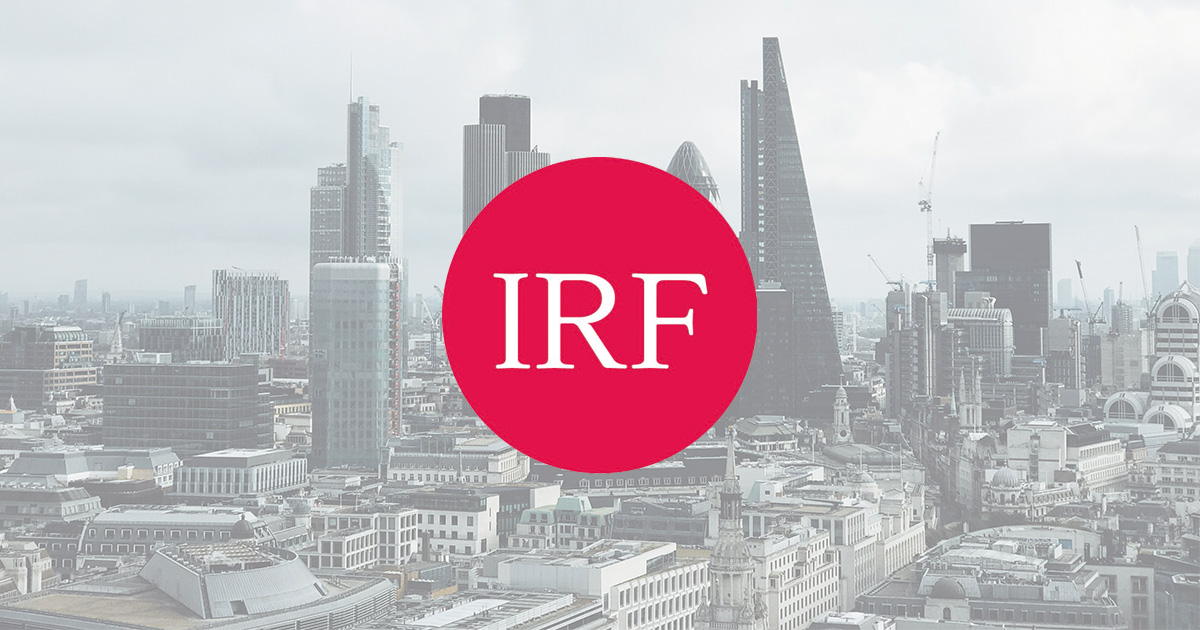Global liquidity set to surge by 40% - What are the implications?
GL Indexes
Thu 16 Apr 2020 - 15:00
Summary
The Global Liquidity measures tracked by CrossBorder Capital are surging higher, pushed up by enormous Central Bank support and led by the US Federal Reserve. Adding up the various promises made by policy-makers to tackle the Coronavirus crisis (GFC2), we figure that World Central Bank balance sheets are likely to rise by some US$7-8 trillion or by more than one-third from here, so likely fuelling a whopping 40% gain in Global Liquidity and so catapulting it to over US$180 trillion in 2020, or more than 200% of World GDP. The previous surges in Central Bank money are associated with the Shanghai Accord in 2016; the 2007-08 GFC1; the post-9/11 terrorist attacks in 2001; the reaction to the 1997/98 Asian Crisis, and the Plaza and Louvre Accords on currency policy in 1985-87. All preceded subsequent asset booms. Putting this all together what does it mean for asset allocation? First, the scale of the monetary impulse is being underestimated by investors and it will propel Global Liquidity substantially higher this year. Second, the inflation risks are not being recognised by policy-makers. These risks may prove to be temporary, but they are still sizeable. Third, the consensus still believes in a higher US dollar, and investors remain hugely risk averse, especially towards US stocks. We favour gold and equities. We would avoid long-dated bonds – US 10-year yields could test 2% because of the surge in ‘safe’ asset supply – and we recommend starting to reduce US dollar exposure. If the tempo of financial markets owes much to US liquidity flows, then the tempo of the World economy owes a lot to China. The rebound in both US liquidity and in the post-virus Chinese economy are increasingly re-assuring facts. This suggests that investors should skew portfolios towards Asia and Emerging Markets. If we are correct, then expect to see a firmer Yuan/ US$ cross-rate and a narrowing yield spread between Chinese and US government bonds. PBoC-watching is fast-becoming vital for investors.
Topics
Shows how we are in a giant liquidity crisis and central banks are compelled to act and that we should therefore expect massive amounts of additional QE.
The US Fed balance sheet is set to break $6trn.
The next round of coronavirus crisis will strain USD forex swap and funding markets as supply-chain payments fall.
We should expert near term firm USD and later a much stronger gold price and steeper yields
